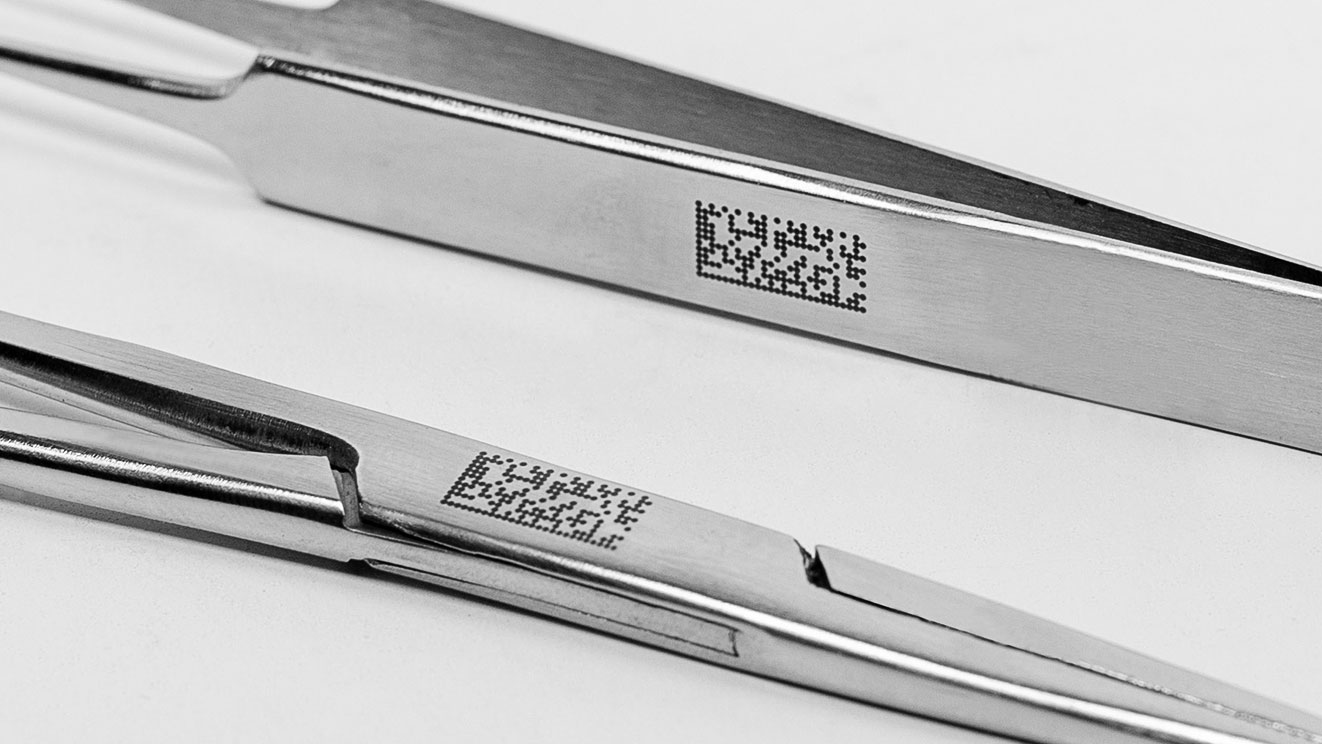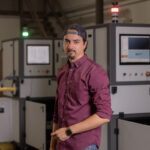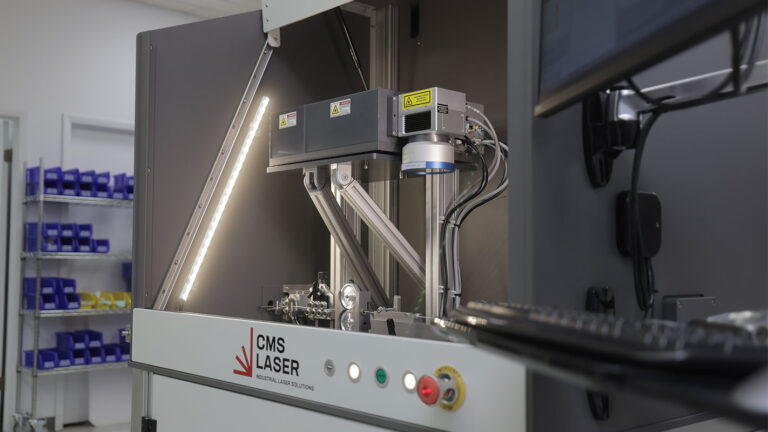If you manufacture medical devices you’re already familiar with the Unique Device Identification (UDI) system. To comply with these FDA regulations, your stainless steel devices must bear a unique identifier that is durable, legible and permanent—making laser marking a popular solution.
Let’s explore how stainless steel laser marking works, including the advantages it has over traditional marking systems.
Nanosecond Fiber Laser Oxidation Marking
One of the most common lasers for UDI-compliant stainless steel marking is the fiber laser, which emits in the infrared wavelength range—typically around 1,064 nanometers—with nanosecond pulse durations.
In an oxygen-rich environment, the laser heats the steel surface locally, causing a micron-thin oxide layer to form. This layer alters the reflective properties of the surface and creates a thin film interference effect that changes the color of the marked area—all without producing any debris.
The stainless steel absorbs the 1,064-nanometer laser energy, which heats the surface slowly—avoiding immediate ablation, as well as melting. This controlled absorption makes this laser wavelength an ideal choice for oxidation marking on many standard stainless steels.
Durability, Corrosion-Resistance—and More
Stainless steel has a natural passive layer that makes the surface of metal devices resistant to corrosion. Maintaining this resistance is critical when marking medical devices.
When paired with a specifically designed cleaning and passivation process, fiber lasers can create high-contrast marks that withstand the kind of heavy everyday use required of many medical devices.
Other advantages of laser marking include:
- Non-contact—laser marking eliminates the need for replacement machining tools
- No additives or coatings—laser marking requires no inks or chemicals
- Precision—thanks to their localized energy, lasers achieve excellent thermal control, tight dimensional tolerances and repeatability
Ultrashort Laser Marking
A more recent development in stainless steel laser marking is ultrafast lasers like the picosecond or femtosecond laser, which also achieve high-contrast, permanent dark marks.
The lasers’ short pulse duration prevents heat from spreading in the material, while the high peak power of each pulse directly changes the atomic bonds of the material. These changes in atomic structure can produce marks that appear black when viewed at any angle.
Watch our video of medical UDI marking with a picosecond laser system.
Custom Laser Solutions
Choosing the best laser for your medical device application can be a challenge. Our Applications Lab engineers work closely with many of the industry’s top laser manufacturers. We’ll select the right laser and integrate it into a complete, UDI-compliant solution that meets your needs.
To learn more about our laser capabilities for the medical industry, visit our webpage.








0 comments
Leave a comment.